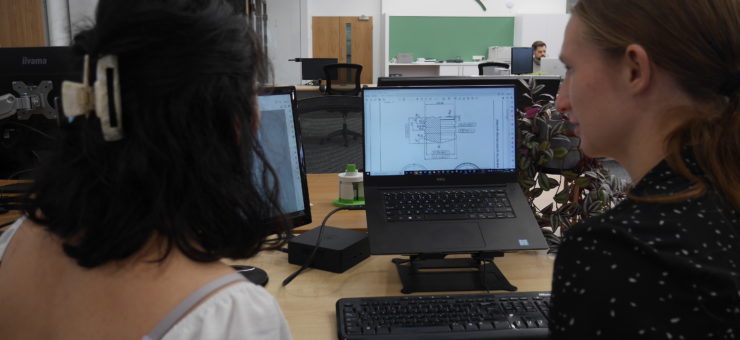How to plan better medical device developments – part two
18 January 2023
In the previous blog, we discussed common issues in medical device developments which lead to delays in getting the product to market. This blog covers some strategies on how to spot those issues and how to resolve them.
- Poorly formulated inputs. Ensure user needs are well understood. For new products significant work should be carried out to understand the users, whilst next generation devices can make use of feedback from existing users of the current device. Invest time in translating user needs into logical product requirements and reviewing requirements for suitability and completeness.
- Loosely defined technical requirements. A good way to spot this is if the technical requirements read like the top level user requirements. For example, if the product is a clamp to occlude blood flow then the technical requirements should have specific numerical force requirements rather than a sentence such as ‘force shall be sufficient to occlude flow’. Another good technique is to draft verification protocol tests at the time of writing requirements which will ensure each statement is testable.
- Requirements driven by technical ambition rather than user need. Formative user studies should establish the minimum required performance and this should form the basis of the must have, ‘shall’ requirements. If a user indicates that improved performance would be desirable these can be captured as nice to have, ‘should’ requirements. Improved performance for the sake of it should not be captured.
- Underestimation of the time required for quality. Include the quality team early in project planning and then throughout the project. Understand their expectations and provide them with ample review opportunities prior to formal sign off.
- System integration. Write interface specifications so each discipline understands the requirements and interactions with other disciplines. Plan staged integration testing which can build up system functionality. Allow time to find problems and fix them.
- A plan for the best case. When planning get multiple viewpoints from a range of team members. Remember the most pessimistic estimate may be the most accurate. It is almost always easier to plan for a pessimistic time and then deliver early than the opposite way round. If there is a large technical issue then don’t be afraid to revisit the plan and update. One potential technique is to use a pre-mortem, where the team brainstorms things that could potentially go wrong ahead of time.
- Insufficient review. Schedule regular reviews within the project team and foster a culture of constructive feedback. A separate and independent review team should also be established to review the design and project at key milestones.
Don’t hesitate to contact us if you have any further questions.

